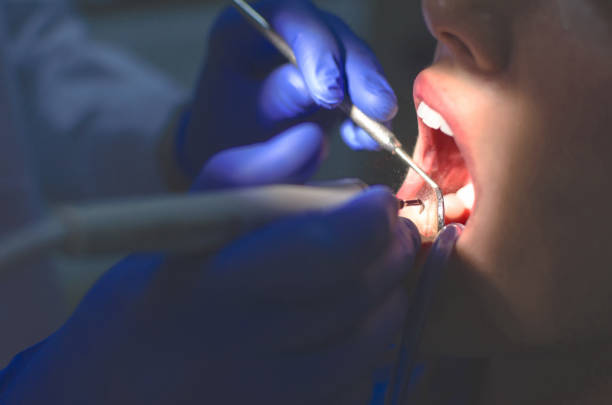What is Endodontics in Dentistry and What Do They Do?
Endodontics is a branch of dentistry that treats infected or diseased dental pulp. It is derived from the Greek word “endo” which means inside and “odont” which means tooth. Usually, a bacterial infection of the tooth can be a case too difficult for the experience and skill level of a general dentist. Also, teeth that have had prior endodontic treatment require an experienced professional with advanced training to ensure a successful, long-term result. This is the reason why patients opt to go to endodontists.
Getting to Know Endodontists
What are endodontists? These are dentists who specialize in maintaining oral health through endodontic therapy treatments that involve the tooth’s soft inner tissue. Aside from undergraduate dental school, these specialists gain exposure and experience in general practice before proceeding to take two more years of advanced education in endodontics. Here, they learn advanced root canal procedures and techniques so they can diagnose and treat more complicated root canal cases.
Endodontic Therapy Procedure
After local anesthesia is given, the affected tooth is isolated by putting a rubber dam (a sheet of latex) around the tooth. This also ensures cleanliness throughout the treatment while protecting your airway. Usually, the treatment takes four steps, although this will depend on your special case, particularly on the degree of inflammation or infection. The treatment usually requires two or three visits, although there are cases that can be completed in a single appointment.
Root canal therapy has a high degree of success. Teeth that can be treated to almost ideal circumstances enjoy a success rate of up to 94 percent. In fact, the survival rate of a tooth getting root canal therapy and then getting a crown is the same as getting implants. Of course, just like any other procedure or treatment, endodontic therapy offers no guarantees. The good news is that, if your root canal therapy was unsuccessful or a failure, you still have other options to consider.
Post-Endodontic Therapy Tips
Following a successful root canal therapy, the affected tooth will have to be properly restored as soon as possible; this usually involves a crown in most cases. It is important that you protect your tooth and reduce cracking in the long term. From here on, your dentist will have to periodically examine the tooth to ensure that it is properly healing and has properly healed. Contact a qualified dentist in your area now to determine if this is the right procedure to fix your teeth.






 |
|